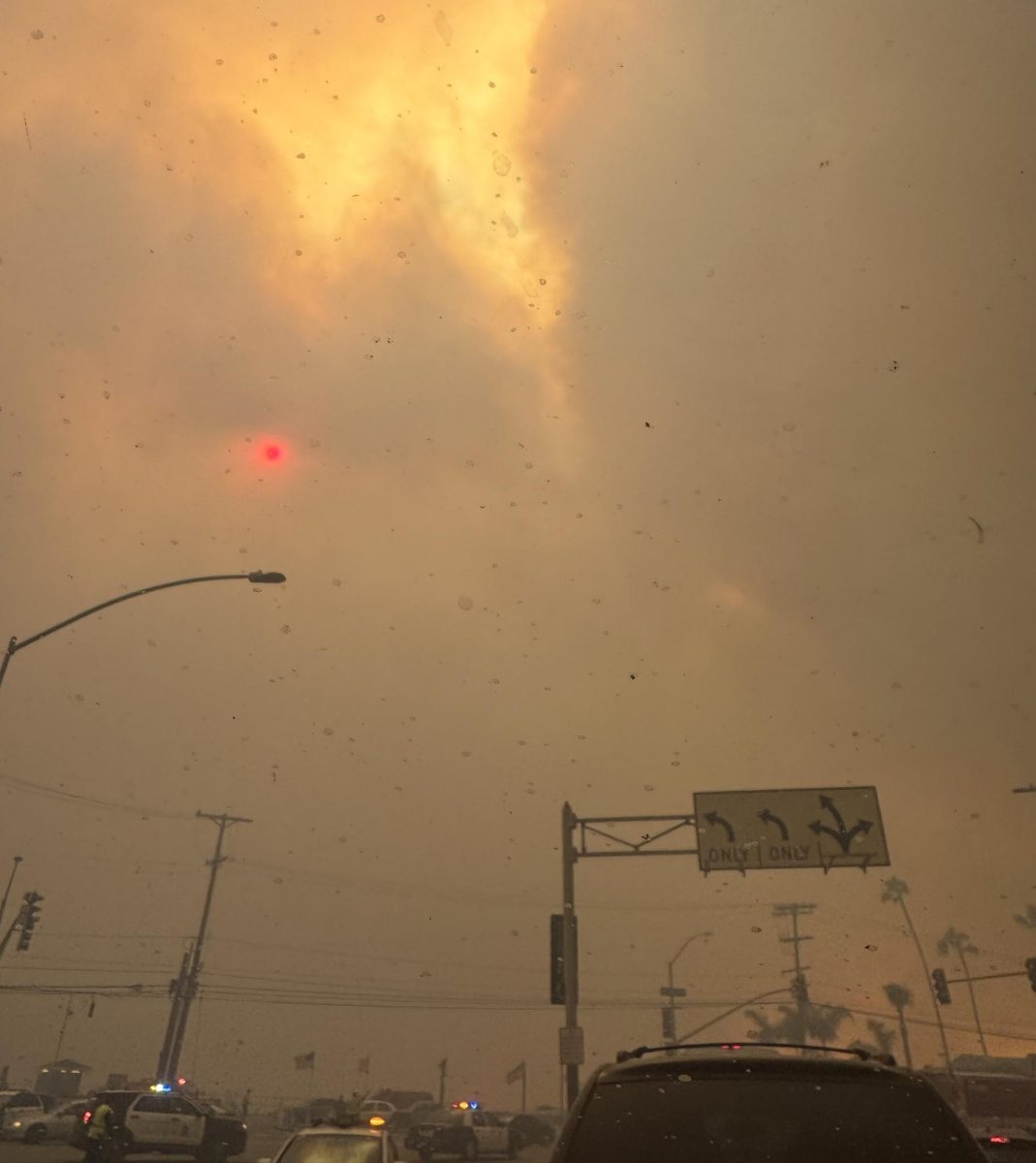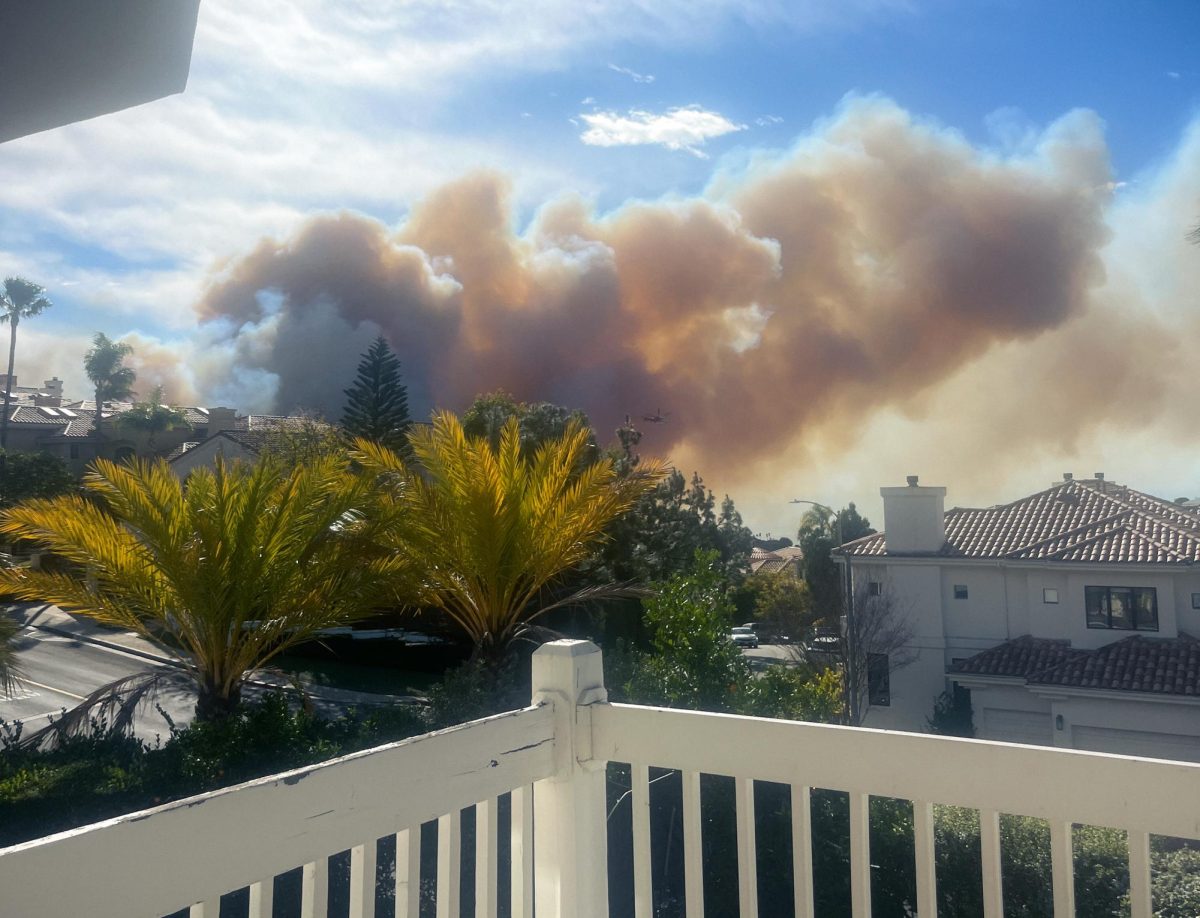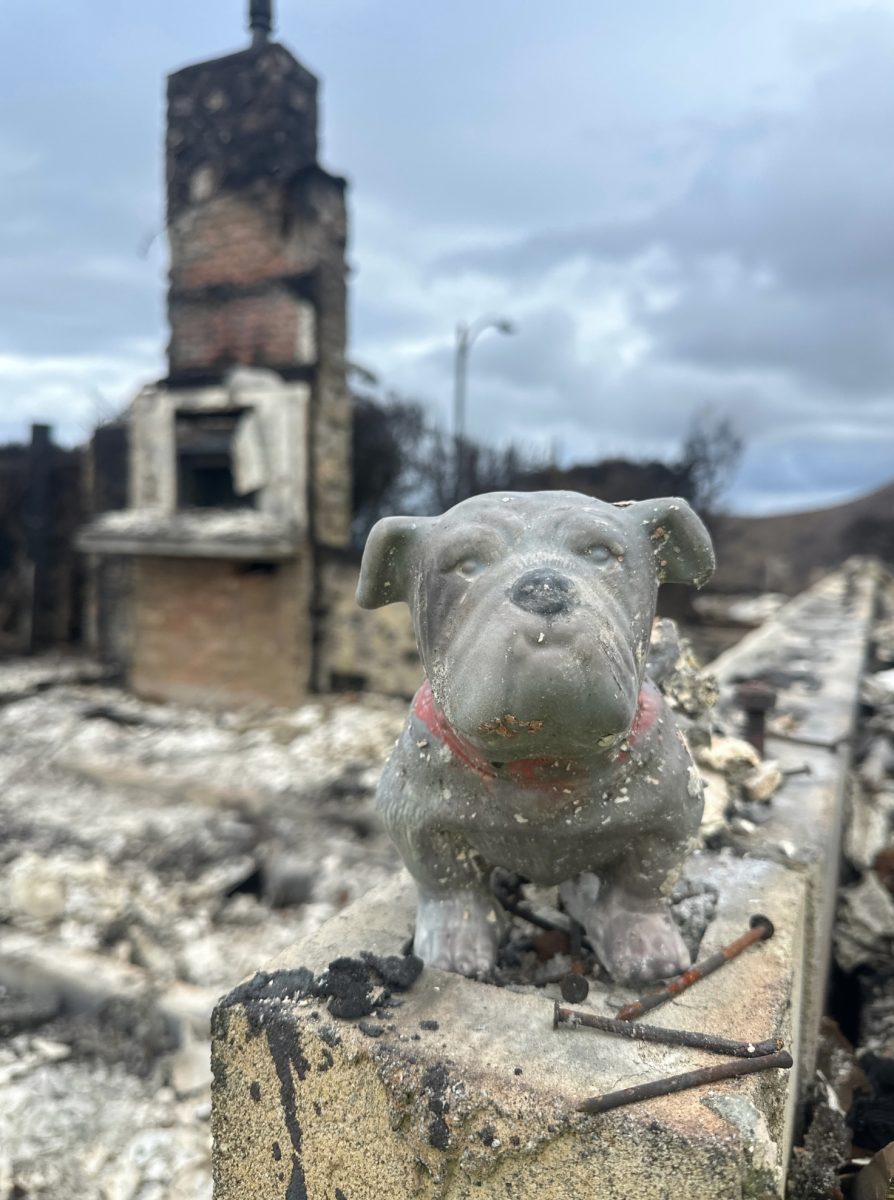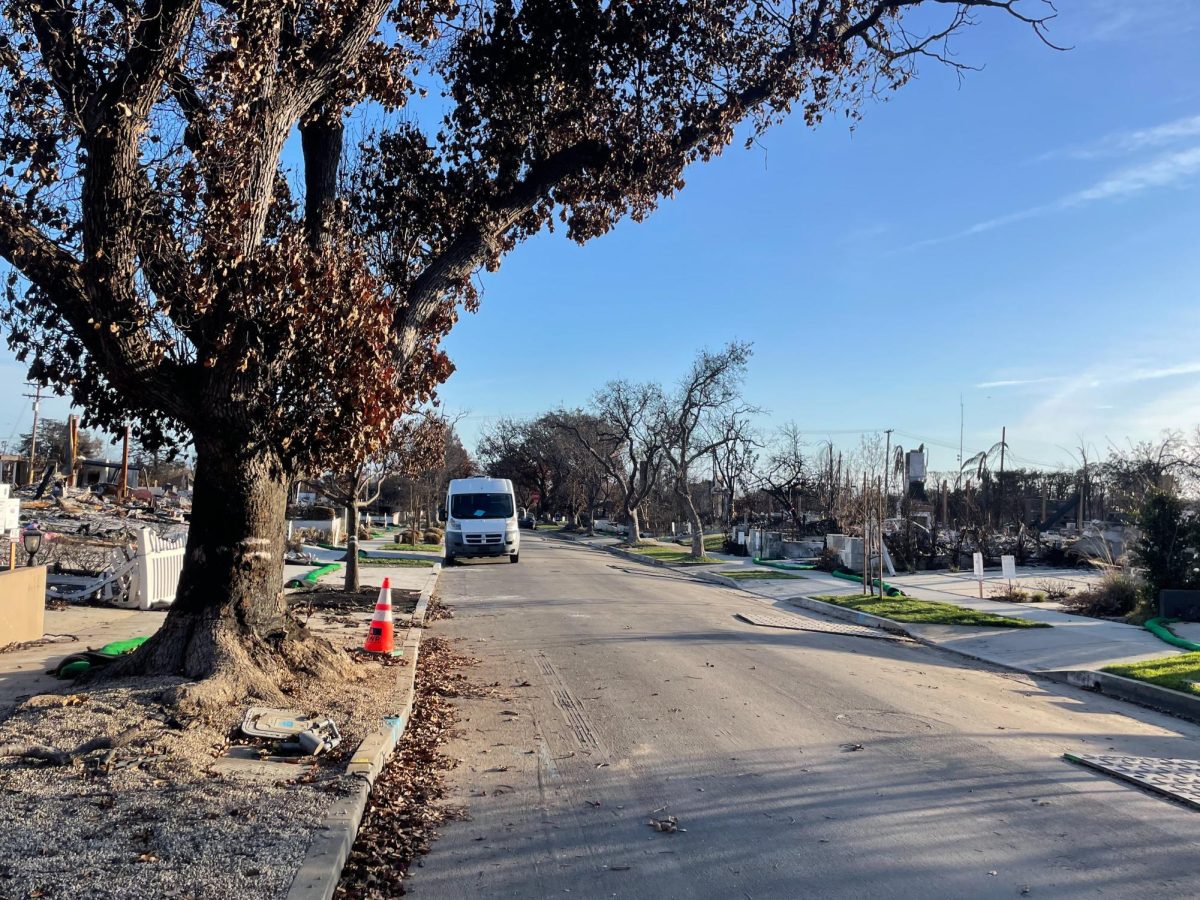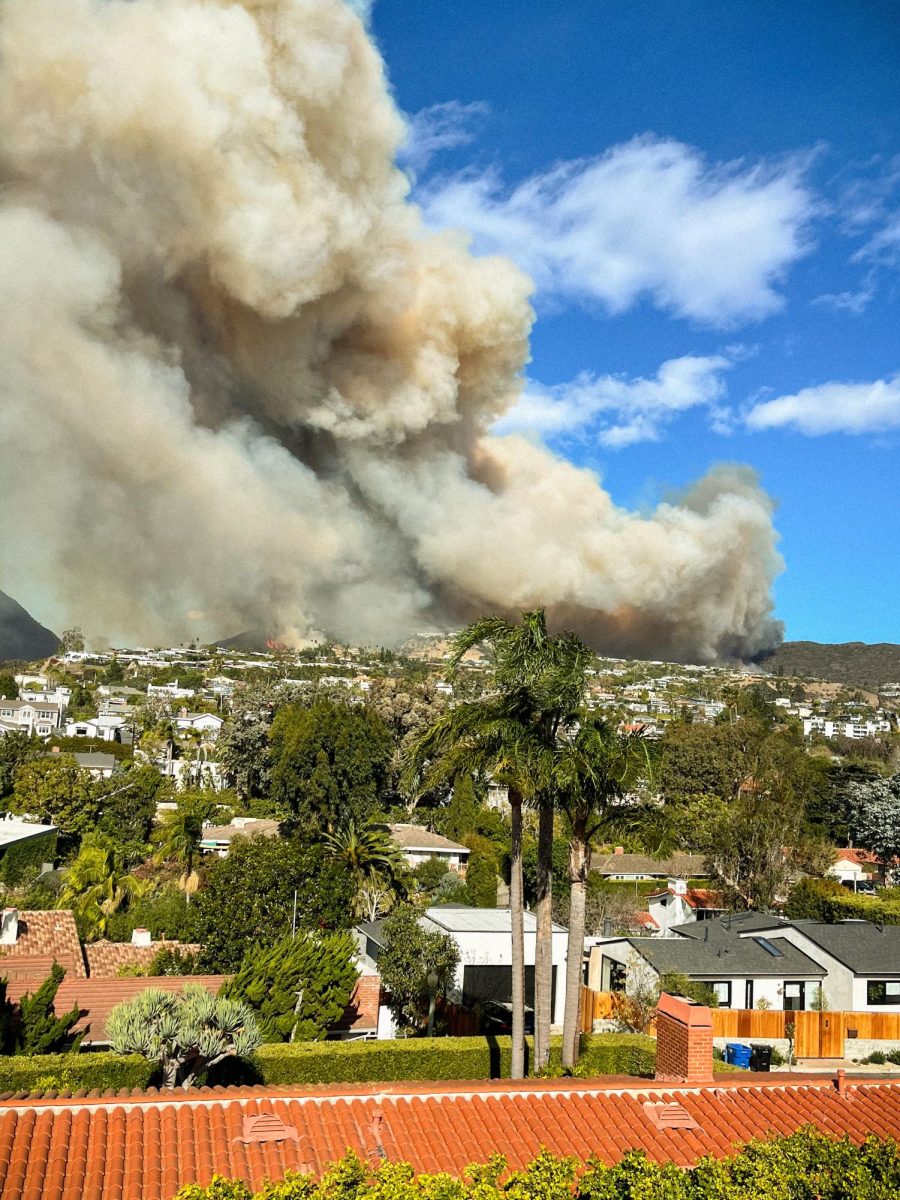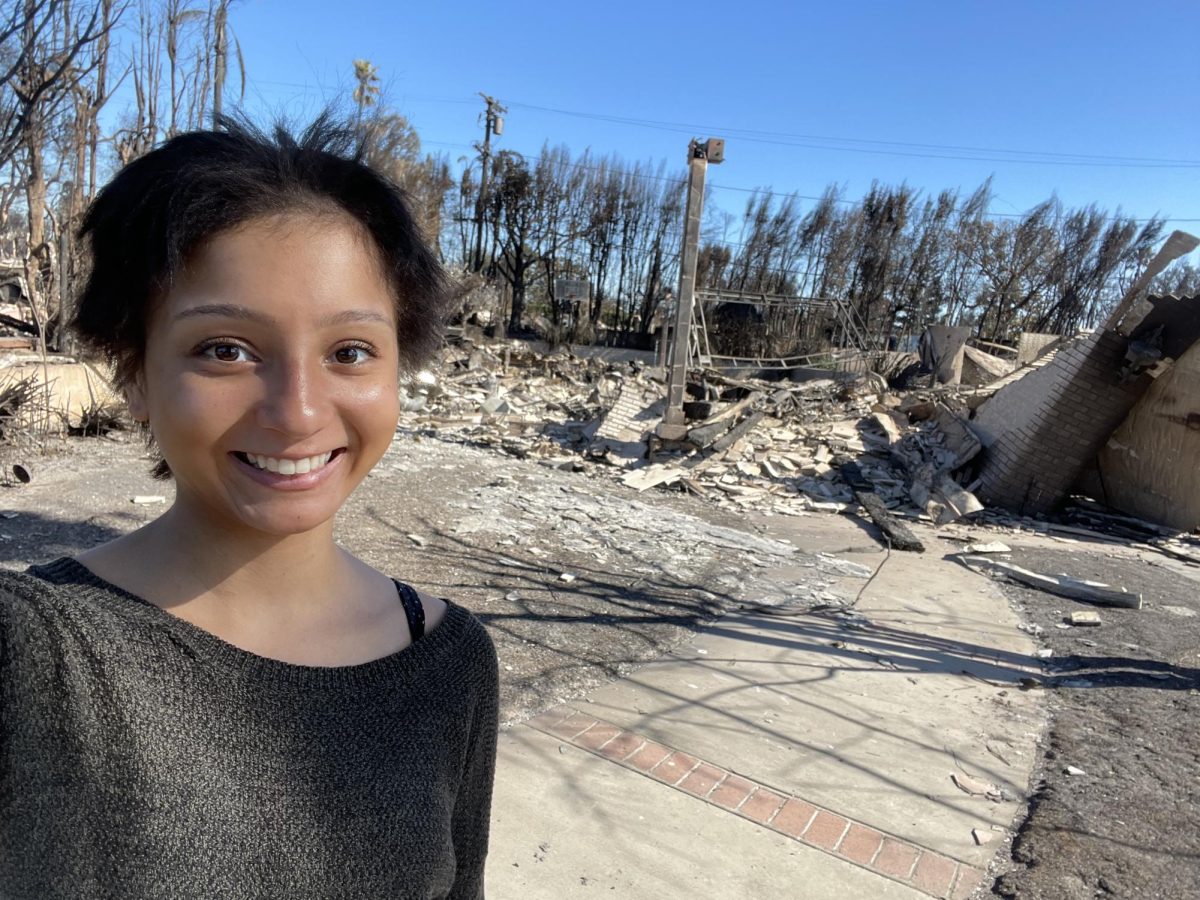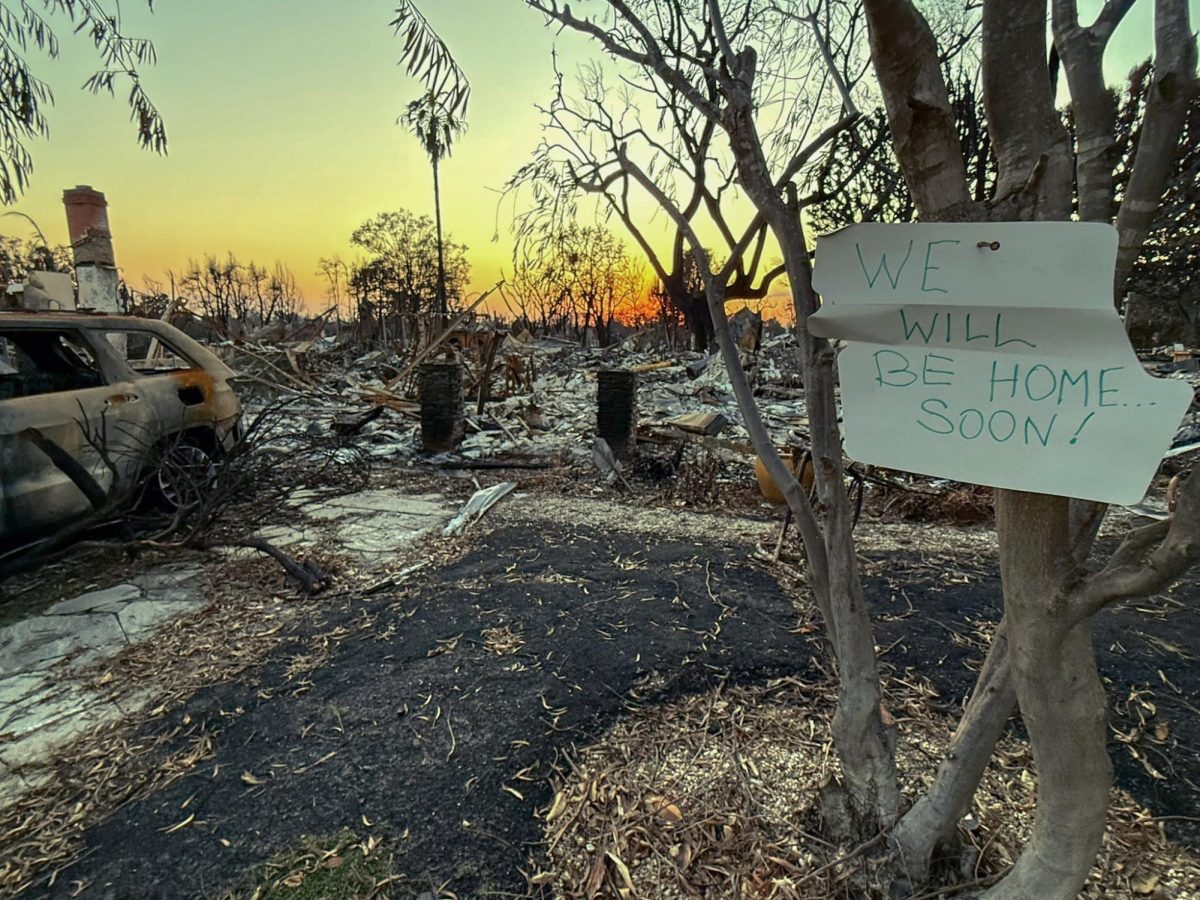What is Pali doing to combat climate change?
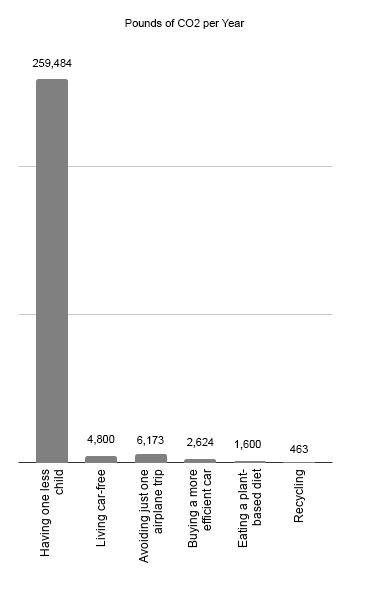
June 1, 2020
Climate change is real, and humans are causing it. For the past 800,000 years, the Earth’s carbon dioxide level has remained lower than 300 parts per million (ppm), despite multiple ice ages and warming periods. Yet, atmospheric carbon levels are currently at 414 ppm, the highest level ever recorded, a phenomenon most directly caused by greenhouse gas emissions trapping solar heat within the atmosphere.
The Intergovernmental Panel on Climate Change predicts that temperatures will likely warm by three to eight degrees Fahrenheit by the year 2100, leading to increased severity and risk of forest fires, drought, animal extinction, hurricanes, famine, rising sea levels and polar ice caps melting. In order to confront this looming climate disaster, many Pali teachers and students alike are taking political action and adjusting their lifestyles to become more eco-friendly.
AP Environmental Science teacher Steve Engelmann says, he does everything he can to combat climate change. “I recycle a lot,” he said. “I try to reduce my waste. I ride my bike as often as I can. When I do drive, I drive a Prius. [I take] short showers. I try to be politically involved. I vote for politicians and policies that help the environment. I’m a member of a bunch of different environmental organizations. I participate in tree plantings and beach cleanups. I love to compost — composting is fun.”
Engelmann said his diet is largely plant-based, but he does not believe that being vegan is essential. In order to best address the current crisis, Engelmann said: “Step one is just educate yourself. I find that most of grist.org is full of science-based articles on all kinds of environmental topics.” Engelmann argues that the single most impactful action anyone can take to reduce climate change is “commit to having one less child,” which decreases resource consumption and saves 259,484 pounds of carbon dioxide per year.
As shown by Engelmann, any involvement, big or small, helps — the most important part is deciding to change. It is absolutely necessary to get involved during this urgent crisis, before irreversible changes take place. Follow Fridays For Future at fridaysforfuture.org to receive information on upcoming climate strikes near you.
Benjamin Zaidel
“I think I was most inspired to change when I came to Pali. I transferred as a junior and had previously gone to a school where being eco-friendly wasn’t as emphasized. Taking AP Environmental Science with Mr. Engelmann really opened my eyes. Since I’ve come to Pali, I’ve been inspired to keep my lights off and conserve energy when possible. Our entire house has been outfitted with energy-saving lights! I’ve helped organize climate strikes, and I attend them as well. I’ve also used some of the clubs I’m a part of to openly advocate for major change. Mainly, though, it’s the little things. For those who are unsure about how to help, I’d really just tell them to do what works best for their lifestyle. Try turning your lights off, reducing waste or showering less.”
Sophie Landau Photo
“I think I’ve always been exposed to an eco-friendly lifestyle. In elementary school, they gave a presentation where they encouraged us to be more environmentally conscious. They encouraged us to use silverware over plasticware, reusable containers [over single-use items] and canvas bags over plastic bags. My mom has always loved animals and nature, and raised me to be mostly vegetarian. We have solar panels for renewable energy. I usually walk to places, take the bus or bike ride … I love using Lush products. Their packaging is reusable, and the ingredients are all sustainable. For transportation, Lush uses low-impact fuels and ground shipping over air travel as much as possible … Try to stay up to date on the current trajectory of climate change. Take public transportation if possible and walk more. No straws! Sksksk. Save the turtles!”
Casey Neumann Photo
“I realized that we kids are sitting and watching our planet die. So, I decided that it’s up to me and other young kids to make sure that we have a future. To combat climate change, I have turned to a plant-based diet and carry with me reusable materials everywhere to avoid use of single use plastics. Go vegan! A plant-based diet to start will make huge changes to the world and the carbon emissions that are negatively affecting the planet daily… Start using reusable materials and be conscious of the things you do and realize the repercussions of those actions might affect the planet.”
Infographic facts:
Having one less child saves up to 259,484 pounds of CO2 per year
Living car-free saves up to 4,800 pounds of CO2 per year
Avoiding just one airplane trip saves up to 6,173 pounds of CO2 per year
Buying a more efficient car saves 2,624 pounds of CO2 per year
Eating a plant-based diet saves up to 1,600 pounds of CO2 per year
Recycling saves 463 pounds of CO2 per year
Source:
Seth Wynes and Kimberly A Nicholas
Published 12 July 2017 • © 2017 IOP Publishing Ltd
Environmental Research Letters, Volume 12, Number 7



